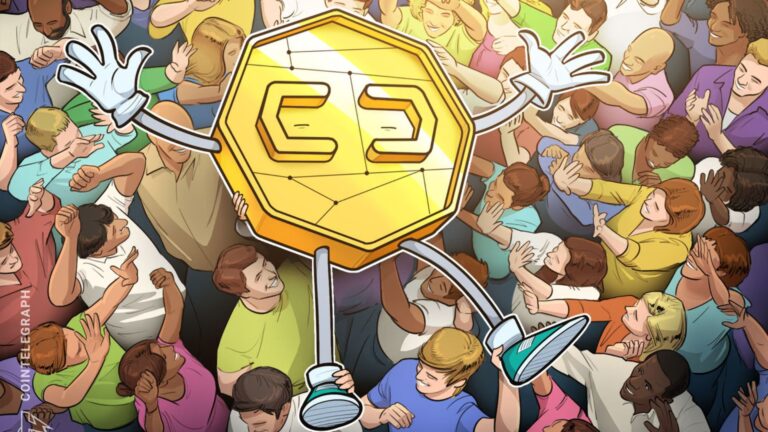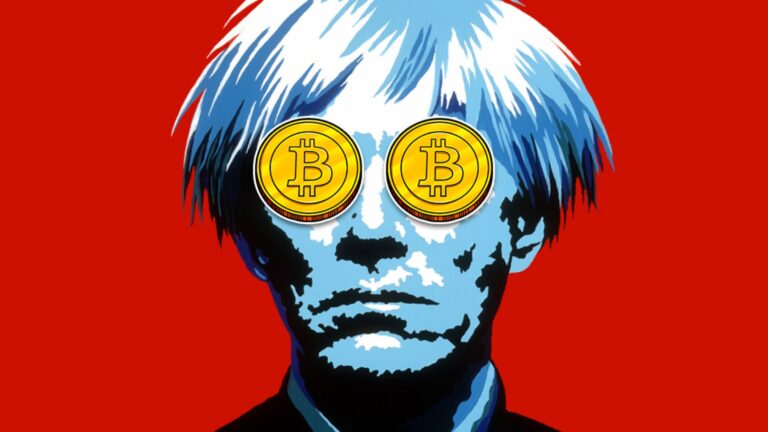
tin tuc ripple tintucbitcoin.com
tin tuc ripple tintucbitcoin.com, often considered one of the most transformative technologies in the financial industry, has gained global recognition for its innovative approach to cross-border transactions. In the world of cryptocurrency, Ripple (XRP) stands out not just as a digital currency but as a payment protocol that holds significant potential to reshape traditional banking. This article covers everything you need to know about Ripple, XRP, and its influence on the world of finance.
What is tin tuc ripple tintucbitcoin.com?
tin tuc ripple tintucbitcoin.com is more than just a cryptocurrency. It’s a payment network designed to enable real-time, cross-border transactions for banks and financial institutions. Created by Ripple Labs Inc., Ripple uses blockchain technology to facilitate instant transfers between different fiat currencies, making it particularly attractive for cross-border payments that are traditionally time-consuming and expensive.
The Difference Between Ripple and XRP
While Ripple refers to the broader network and technology, XRP is the cryptocurrency associated with Ripple’s payment protocol. XRP acts as a bridge currency, allowing transactions between different fiat currencies without the need for intermediaries. XRP also provides liquidity and helps to reduce the overall transaction costs for banks and payment providers on the Ripple network.
How Ripple Works
Ripple operates through its own blockchain, the RippleNet platform. RippleNet provides financial institutions a decentralized and secure way to perform transactions across borders in a matter of seconds. Ripple’s consensus protocol is different from Bitcoin’s proof-of-work system, as it doesn’t require mining. Instead, validators on the network confirm transactions within seconds, allowing the Ripple network to support thousands of transactions per second.
Ripple uses XRP Ledger (XRPL) to record transactions. Each transaction is processed and verified in real-time, making Ripple one of the fastest and most efficient digital payment solutions available today.
The Advantages of Using Ripple
- Speed: Transactions on the Ripple network are completed in seconds, a significant improvement over traditional banking.
- Cost Efficiency: By eliminating intermediaries, Ripple significantly reduces transaction fees, making it ideal for both banks and customers.
- Scalability: RippleNet can handle more than 1,500 transactions per second, making it highly scalable.
- Transparency: Each transaction on the XRP Ledger is recorded publicly, ensuring transparency and traceability.
Ripple’s Influence on the Financial Industry
Ripple’s primary aim is to enhance and simplify cross-border payments for the banking sector. By partnering with major banks and financial institutions worldwide, Ripple has made significant inroads into mainstream financial markets. RippleNet is currently used by several leading banks for real-time international transfers, potentially revolutionizing the financial industry.
Understanding Ripple’s Key Products
Ripple offers several core products that empower banks and payment providers:
- xCurrent: A solution that enables real-time, cross-border transactions with end-to-end tracking.
- xRapid: Designed for payment providers who want to leverage XRP as a liquidity tool, reducing foreign exchange costs.
- xVia: A simple API integration for companies wanting to send payments through RippleNet.
Ripple’s Partnership with Banks and Financial Institutions
Ripple has formed strategic partnerships with over 300 banks and financial institutions globally, including SBI Holdings, Santander, American Express, and MoneyGram. These partnerships underscore Ripple’s potential to transform the banking industry by enabling fast, cost-effective international payments.
Ripple vs. Traditional Payment Methods
Traditional cross-border payments are often processed through SWIFT (Society for Worldwide Interbank Financial Telecommunication). However, SWIFT transactions can take days to settle and are prone to delays and errors. Ripple’s system offers a faster, more efficient alternative, allowing transactions to be settled within seconds. By providing real-time liquidity through XRP, Ripple also eliminates the need for pre-funded accounts, thereby reducing overhead costs for banks.
Challenges and Criticisms Facing Ripple
Despite its advantages, Ripple has faced several challenges and criticisms, including:
- Regulatory Scrutiny: Ripple has been under regulatory scrutiny, especially in the United States, where it faces a lawsuit from the SEC over whether XRP should be classified as a security.
- Decentralization Concerns: Some critics argue that Ripple’s centralized nature contradicts the core principles of blockchain technology.
- Market Volatility: XRP, like other cryptocurrencies, is subject to price volatility, which can impact its attractiveness as a reliable currency for transactions.
Ripple’s Legal Battle with the SEC
The SEC lawsuit has been a major point of contention for Ripple. The SEC claims that XRP should be classified as a security and that Ripple Labs unlawfully sold it to investors. This case has had significant implications for Ripple’s reputation and market value, as well as for the broader crypto industry.
Ripple’s defense argues that XRP is a currency rather than a security, citing its role as a bridge currency on RippleNet. The outcome of this case could have a lasting impact on Ripple’s future and the way cryptocurrency regulations are shaped in the U.S.
XRP Price Analysis and Market Trends
XRP’s price has experienced volatility, influenced by factors such as market sentiment, regulatory news, and Ripple’s ongoing legal battle with the SEC. In 2021, XRP surged in value, but its price remains unpredictable, fluctuating based on broader cryptocurrency market trends and developments in Ripple’s legal situation.
Factors Influencing XRP Price
- Market Sentiment: General sentiment around cryptocurrency influences XRP’s price, as seen in its correlation with Bitcoin’s performance.
- Regulatory News: Positive or negative regulatory announcements impact XRP’s value.
- Partnerships and Adoption: Each new partnership or product launch can affect investor confidence and drive XRP demand.
How to Buy XRP
Buying XRP is simple and involves just a few steps:
- Choose an Exchange: XRP is available on major exchanges like Binance, Coinbase, and Kraken.
- Set Up a Wallet: To store XRP, you’ll need a compatible wallet, such as Trust Wallet or Ledger.
- Complete Verification: Most exchanges require identity verification for security.
- Purchase XRP: Once your account is set up and verified, you can buy XRP directly using fiat currency or other cryptocurrencies.
The Future of Ripple and XRP
Ripple’s future looks promising, with continued growth in its banking partnerships and the expansion of RippleNet. Although regulatory challenges remain, Ripple’s cross-border payment solutions continue to attract interest from the financial sector. If Ripple succeeds in navigating regulatory hurdles, XRP could play a crucial role in global finance by becoming a bridge currency between fiat currencies.
Ripple is also exploring central bank digital currencies (CBDCs). Several central banks are working with Ripple to leverage its technology for digital currency issuance, adding to its potential long-term relevance.
Conclusion
Ripple is a transformative player in the world of digital finance, providing a scalable and cost-effective solution to cross-border payments. With its partnerships, technological innovations, and the adoption of XRP for real-time liquidity, Ripple offers a unique value proposition that continues to shape the financial industry.
Read Article: The Future of Digital Payments on Fintechzoom.com






1 thought on “tin tuc ripple tintucbitcoin.com: Everything You Need To Know”